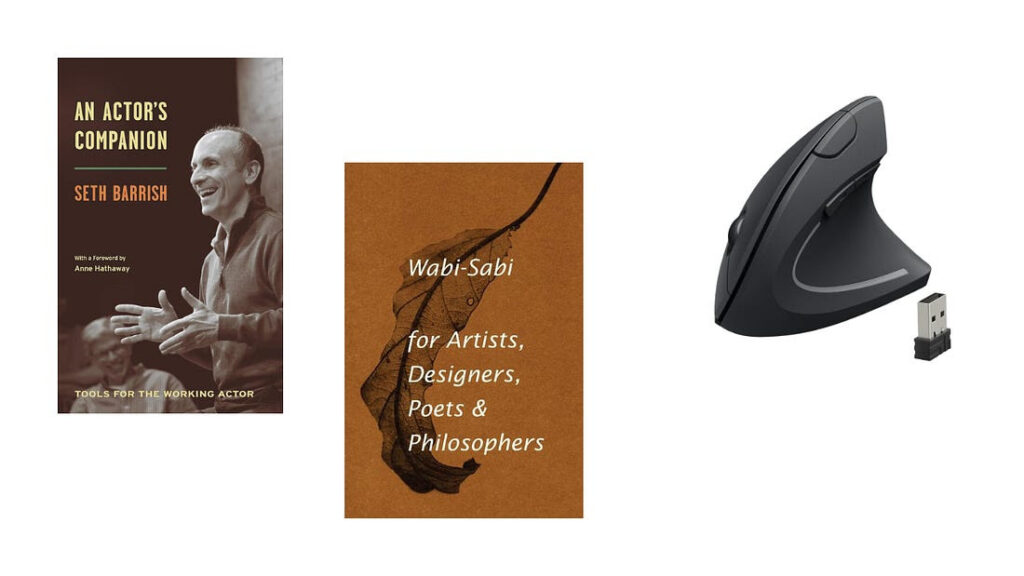How To Wrap Five Eggs
Visual guide to Japanese packaging
Presentation is everything in Japan. Go to any department store and buy even a small sack of tea, and the time and effort put into packing up your purchase is enough to astound any n00b Westerner. This tradition goes way back, of course. First published in 1967 and long out of print, this picture-heavy book of classic Japanese packaging has finally been reprinted in paperback. The title is misleading. There are no step-by-step directions, only black and white images up front with annotations in the back, detailing the materials used, region, specific use/occasion/tradition surrounding each item. For example, in Aizu Wakamatsu, miso is sold in tiny, exquisitely-woven bamboo baskets. Why? Soup made with miso gets lumpy if it isn’t strained properly. The packaging doubles as a sieve. This book brims with the perfect, little offspring of form and function.
01/23/09Excerpt
Ordinary rice straw is used imaginatively to create a most functional and beautiful container. Since a set of items in Japan is five rather than half a dozen (five teacups, five cake plates, and the like), this carrier contains just five eggs. Devised by farmers in Yamagata Prefecture in northern Japan, it is an example of packaging born of rural necessity. Interestingly enough, it seems to emphasize the freshness of the eggs. (book cover image)
*
The Osaka restaurant Sushiman invented this rather fantastic looking container for one of its specialties: suzume-zushi, or pressed boiled rice and kodai (small sea bream). The lid is firmly lashed down with lengths of vine wound around sections of split bamboo. The buff tone of the wood, the bright green of the bamboo, and the greenish brown of the vine lashings combine to give the package and inviting look and a decided air of freshness.
*
Homeishu, Japan's oldest medicinal tonic, is a kind of liqueur made from a number of different Japanese and Chinese herb essences. The famous homeishu produced in Fukuyama, Hiroshima Prefecture, is sold in bottles of Bizen ware wrapped in straw matting. Two styles of wrapping are shown here... In the more complicated style (pictured) the bottle is placed in a box, and three pieces of matting are tied around it to create a package of considerable rustic charm.
*
This delightful product of the Mamemasa confectionery in Kyoto features sugarcoated beans arranged in tiers in a diagonally cut cardboard box pasted over with decorative printed paper. The ingenuity of the design speaks for itself, and one could hardly ask for sweets to be more temptingly packaged. The woodblock-printed label (not seen here) pictures a beautiful woman of Kyoto.
*
How to Wrap Five Eggs Hideyuki Oka 2008, 224 pages $20 Available from Amazon







